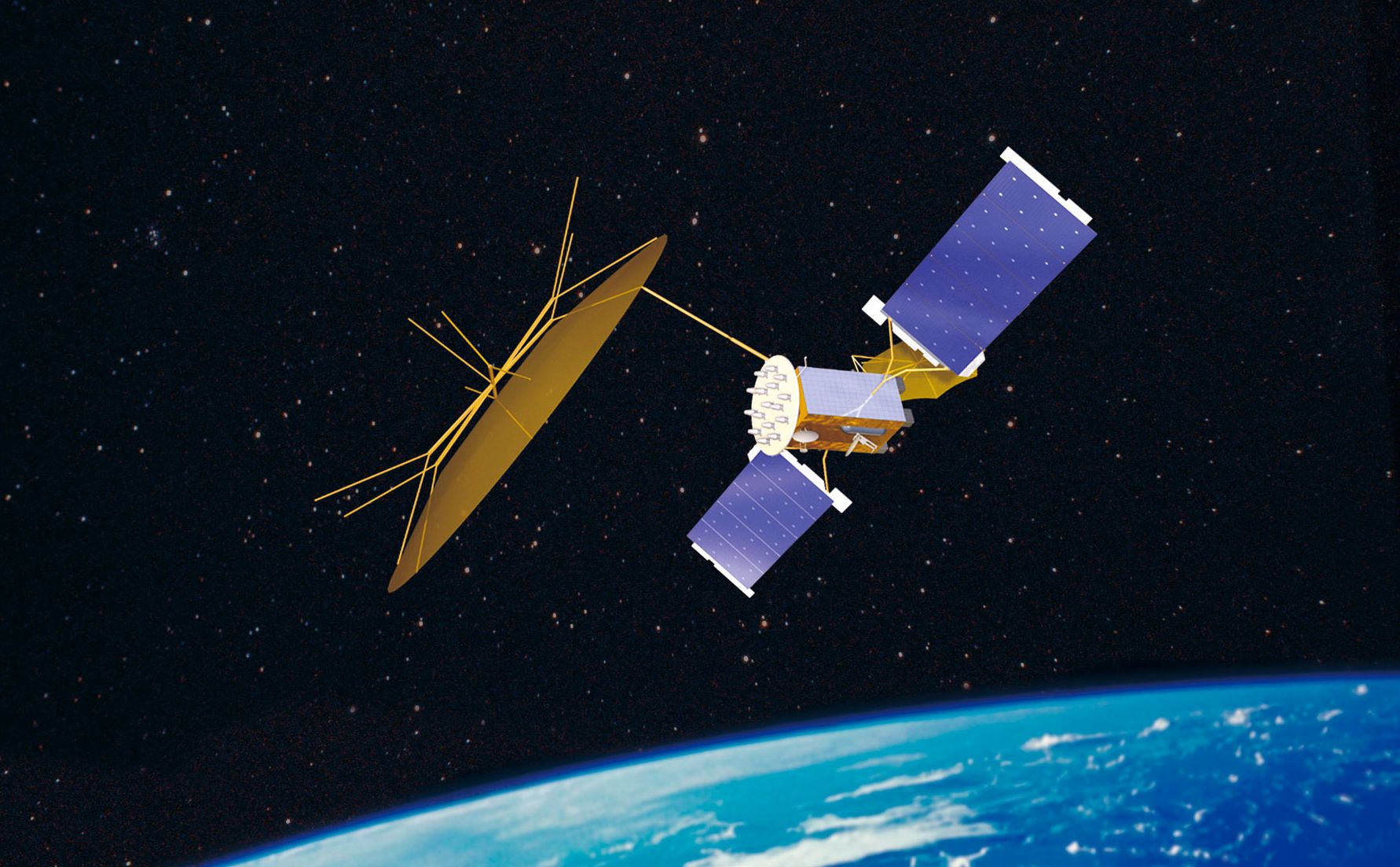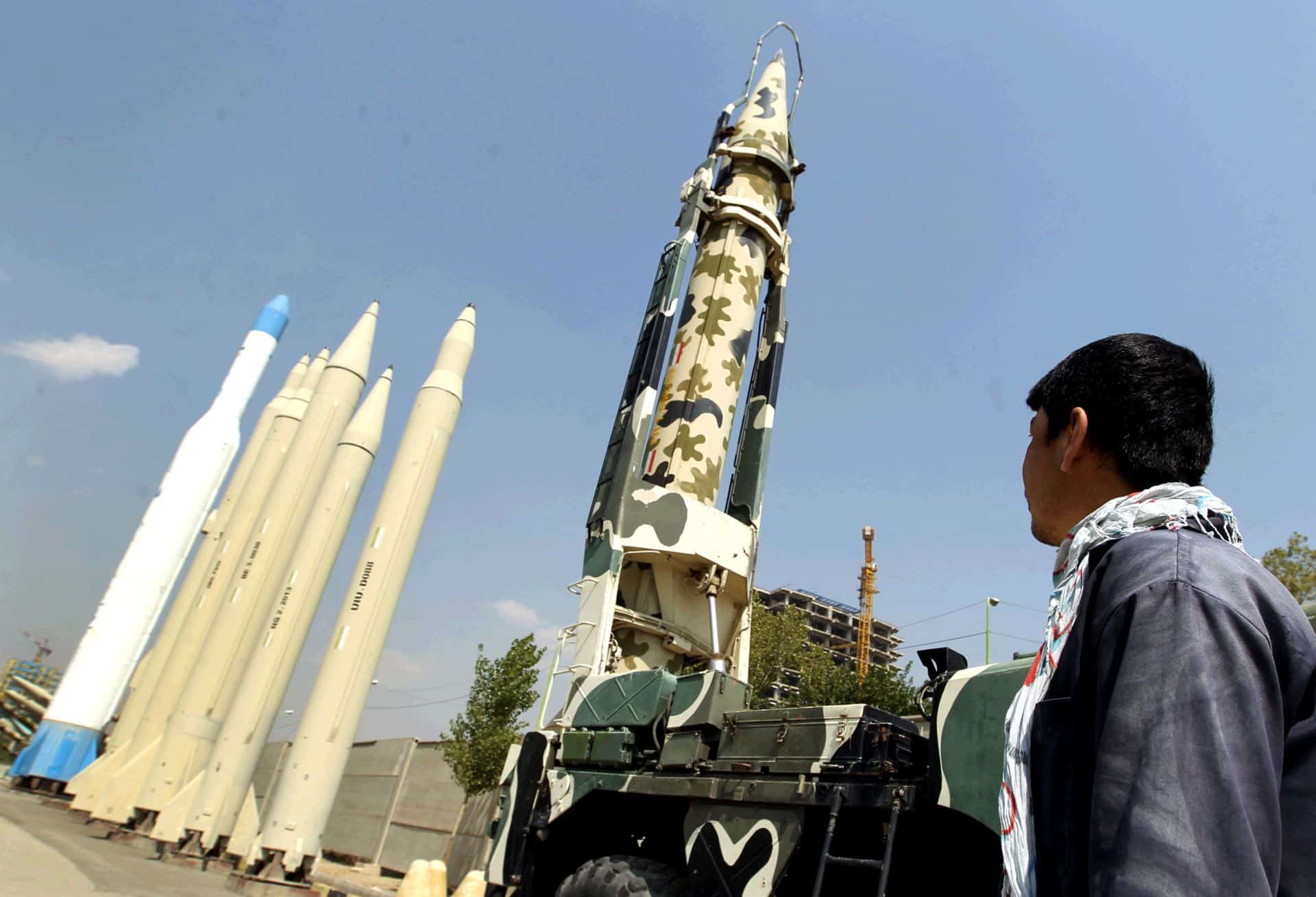, SUNNYVALE: Lockheed Martin announced today that the first Space-Based Infrared System (SBIRS) geosynchronous orbit (GEO) spacecraft bus has successfully completed engineering thermal vacuum testing at its facilities in Sunnyvale, Calif.
SBIRS will provide early warning of missile launches and support other missions simultaneously, including missile defense, technical intelligence and battlespace characterization.
Lockheed Martin Space Systems Company, Sunnyvale, Calif., the SBIRS prime contractor, and Northrop Grumman Electronic Systems, Azusa, Calif., the payload subcontractor, are developing SBIRS for the U.S. Air Force Space and Missile Systems Center, Los Angeles, Calif. Air Force Space Command operates the SBIRS system.
The test was conducted inside Lockheed Martin's Dual Entry Large Thermal Altitude (DELTA) chamber from Jan. 16 to Feb. 2 in which performance of the GEO-1 spacecraft's core structure with its integrated propulsion subsystem and other critical subsystems for communications, thermal control, command and data handling were confirmed at temperature extremes greater than those expected during on-orbit operations.
“The team worked extremely hard to complete this important test phase,” said Mark Crowley, Lockheed Martin's SBIRS vice president. “We were able to retire significant risks in several technical areas, and are now moving forward with final spacecraft bus preparations prior to arrival of the first GEO payload later this year. Once completed, this revolutionary satellite will deliver vastly improved surveillance capabilities for the warfighter and we look forward to achieving mission success for our customer.”
Northrop Grumman is scheduled to deliver the completed payload for GEO-1 to Sunnyvale in mid-2007 for final spacecraft assembly, integration and test in preparation for launch in late 2008.
Development of GEO-2 is also progressing following a successful pyroshock test phase that validated the structure's ability to sustain shock loads from events such as launch vehicle adapter separation and deployment of solar arrays and antenna wings. The structure is now being readied for propulsion subsystem integration. The GEO-2 satellite is scheduled for launch in late 2009.
Lockheed Martin is currently under contract to provide two payloads in highly elliptical orbit (HEO) and two GEO satellites, as well as fixed and mobile ground-based assets to receive and process the infrared data. The first HEO payload has completed on-orbit deployment and checkout and has demonstrated that its performance meets or exceeds specifications.
Headquartered in Bethesda, Md., Lockheed Martin employs about 140,000 people worldwide and is principally engaged in the research, design, development, manufacture, integration and sustainment of advanced technology systems, products and services. The corporation reported 2006 sales of $39.6 billion.
Trojan Horses in Space: Cyber Threats Hidden in Satellite Networks
Most of us like satellites. They power our televisions. Allow us to find our way home from anywhere on the...









